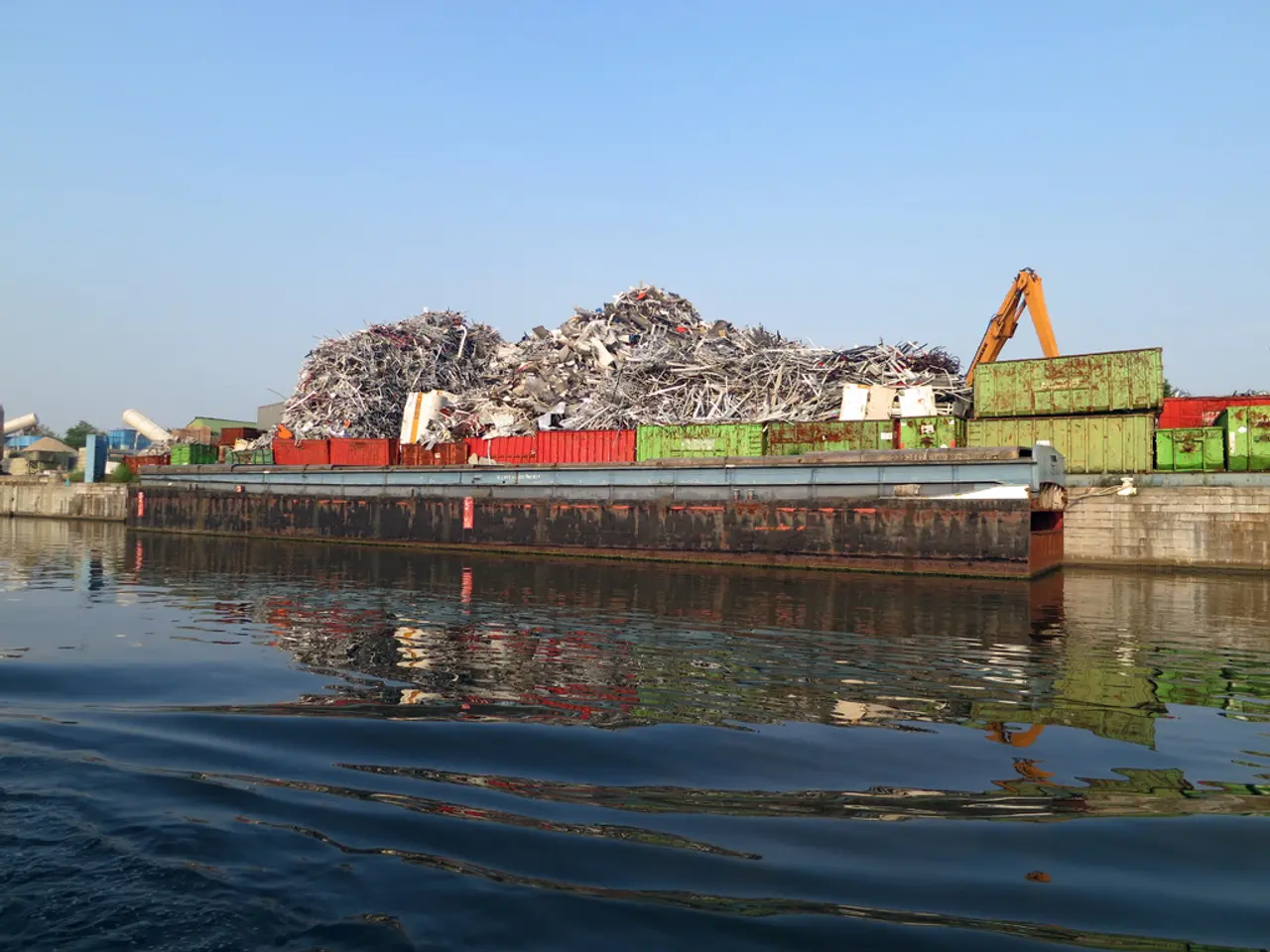The genuine price hidden behind a cup of water: uncovering the actual expenses
In our daily lives, we often take water for granted, paying little thought to the cost that goes into bringing it to our taps. However, the environmental costs of water extraction and treatment, such as depletion of ecosystems and energy consumption, are not always reflected in the price we pay for water.
When it comes to managing water costs at home, there are several steps we can take. Firstly, being mindful of water consumption habits and adopting water-saving practices is essential. Simple water-saving habits, such as turning off the tap while brushing teeth, taking shorter showers, and fixing leaky faucets, can save a significant amount of water over time.
Another important factor is investing in water-efficient appliances. Look for appliances with the WaterSense label, which indicates that they meet EPA criteria for water efficiency. Replacing old appliances like toilets, washing machines, and dishwashers with water-efficient models can significantly reduce water consumption.
Wasting water through leaks, inefficient appliances, and overwatering can increase demand and costs. Regularly checking for and repairing leaks, upgrading to water-saving appliances, and adjusting watering practices can save water and money.
Beyond the bill, hidden costs associated with water include infrastructure maintenance, environmental impact, and the cost of bottled water. Infrastructure maintenance costs are often passed on to consumers through higher water rates. The true cost of a cup of water is complex, encompassing factors beyond the water itself, such as infrastructure, maintenance, energy consumption, and administrative overhead.
Water scarcity directly impacts the cost of water by increasing the expense of accessing and treating water. In arid regions, cities often have higher water rates due to scarcity and the need for extensive infrastructure. Water scarcity is a growing global problem, leading to conflict, economic hardship, and environmental degradation in many regions.
Conserving water is important for protecting a vital resource for future generations and ensuring everyone has access to clean, safe water. Bottled water is significantly more expensive than tap water due to factors beyond the water itself, including packaging, transportation, marketing, and profit margins. The cost of tap water is primarily driven by treatment and delivery expenses.
Key elements influencing the true cost of a cup of water are infrastructure and capital investments, water treatment and supply costs, water losses and leaks, billing and metering accuracy, environmental and supply variability, and potential damage remediation costs. Understanding these factors can help us make informed decisions about our water usage and contribute to a more sustainable future.
References: 1. City of Pleasanton, California Water Rates: https://www.cityofpleasantonca.gov/1153/Water-Rates 2. EPA WaterSense: https://www.epa.gov/watersense 3. American Water Works Association: https://www.awwa.org/ 4. Water Research Foundation: https://www.waterresearchfoundation.org/ 5. San Diego County Water Authority: https://www.sdcwa.org/
- By incorporating environmental-science principles, such as prioritizing resource conservation and adopting water-saving practices, we can contribute to a more sustainable lifestyle and reduce the environmental costs associated with water.
- In addition to considering the financial aspect, it is crucial to factor in the hidden costs often associated with water usage, including the costs of infrastructure maintenance, environmental impact, and the utilization of energy in our daily financial decision-making, particularly with regards to lifestyle choices.




